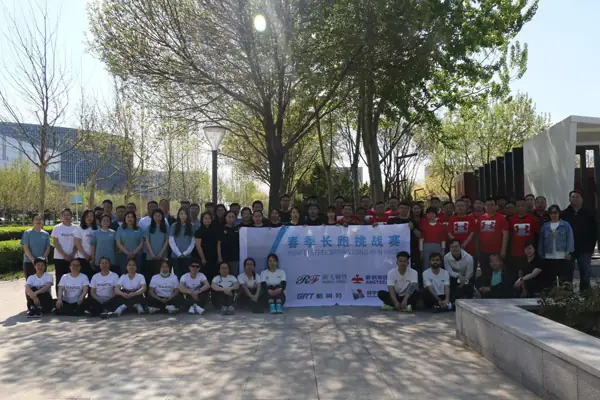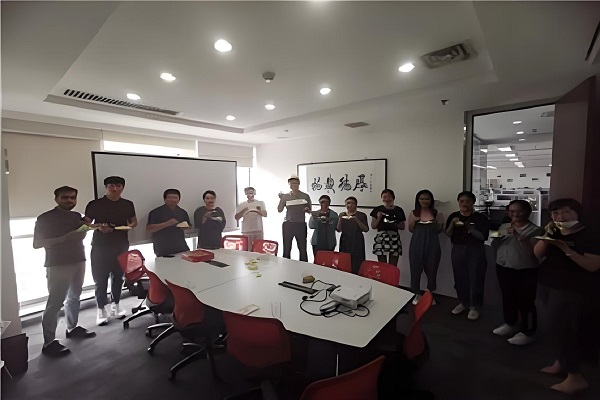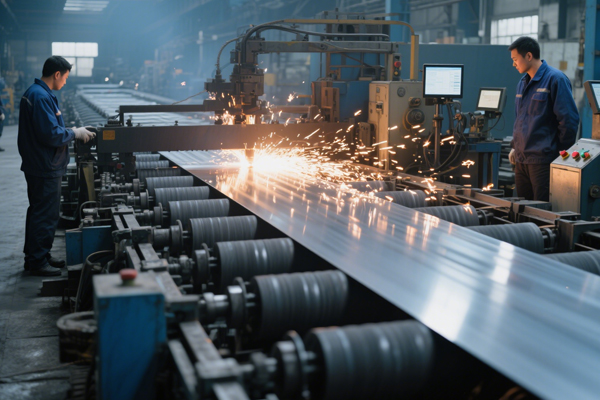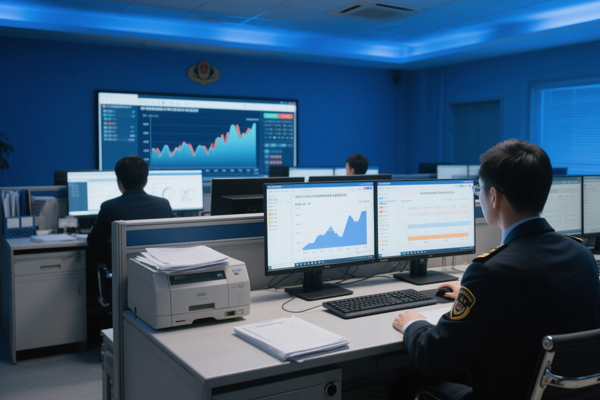Price Reduction Is Endless, Maersk Is Suspended, The Biggest Challenge For Shanghai Port!
Against the backdrop of the escalating Red Sea crisis and high demand, global transportation capacity continues to be tight, leading to a significant increase in freight rates on multiple routes. Shortage of cabins and containers has doubled the pressure on enterprises. Nowadays, not only is there a shortage of ships and a tight supply of containers, but even ports are too busy to handle.
Shanghai Port faces the biggest challenge in the past three years
It is understood that port congestion in the Asian region is particularly severe, with Southeast Asian ports accounting for 26% of global port bottlenecks, while ports in Northeast Asia account for 23%. This indicates that port transportation in the Asian region is facing significant challenges.
In order to alleviate congestion, PSA Singapore has reopened the abandoned Keppel Terminal old berths and yards, while also increasing a significant amount of manpower to address container stacking issues.
In addition to hotspots such as Singapore and the Mediterranean, many Asian ports such as Shanghai, Qingdao, Port Klang, and Colombo have also experienced varying degrees of congestion. It is worth noting that as the world’s largest container port, Shanghai Port’s stay time has reached the highest level in nearly three years!
In addition, the world’s largest container liner company, Mediterranean Shipping (MSC), has started using ports in India such as Kamarajar and Vishakapatnam for transshipment operations.
In response, shipping giant Mars announced on June 3rd that its shipping schedule has been severely delayed due to severe congestion issues at major ports in the Mediterranean and Asia. This congestion phenomenon has significantly prolonged the waiting time at various ports, affecting Maersk’s ability to maintain normal transportation schedules.
Although the increase in ship speed and transfer volume helps maintain the frequency of container transportation turnover, the intensification of port congestion is further affecting the container market.
Singapore, as the port most severely affected by congestion in Asia, has forced some shipping companies to cancel calls at the port, potentially causing an increase in cargo volume and further delays at downstream ports.
This concentration of congestion may lead to overflow congestion at ports in other regions and interruptions in transportation plans. Continued congestion may promote the implementation of GRI announced by shipping companies and may further push up freight rates.
As of May 30th, data shows that the current freight cost from Asia to Europe has reached $6200 per 40 foot container, and the freight cost from Asia to the west coast of North America has also climbed to $6100.







